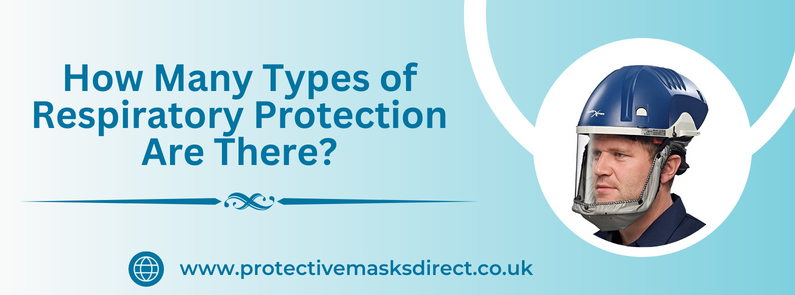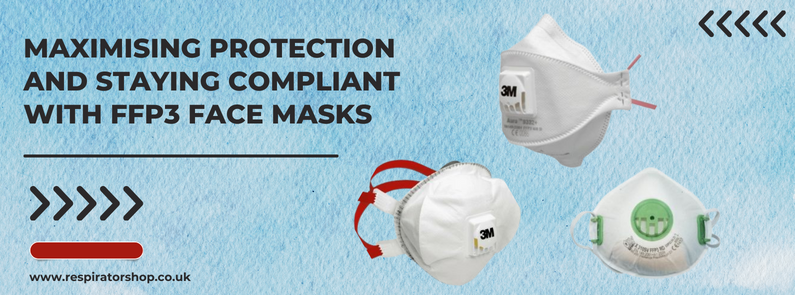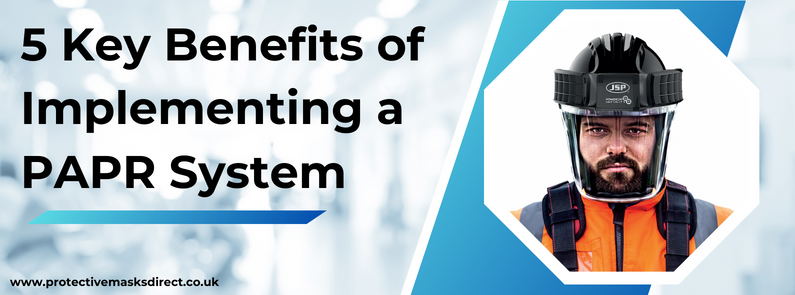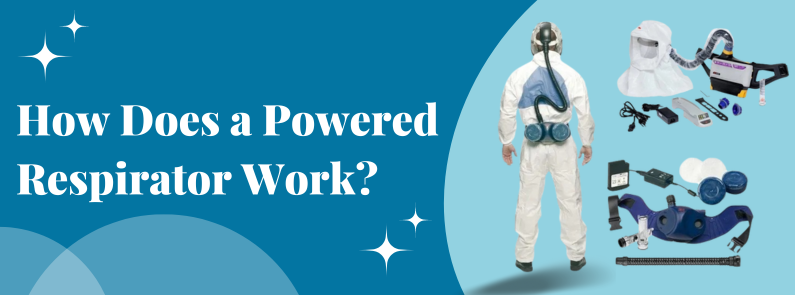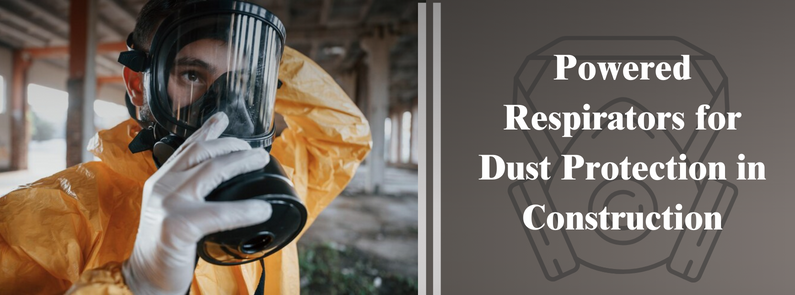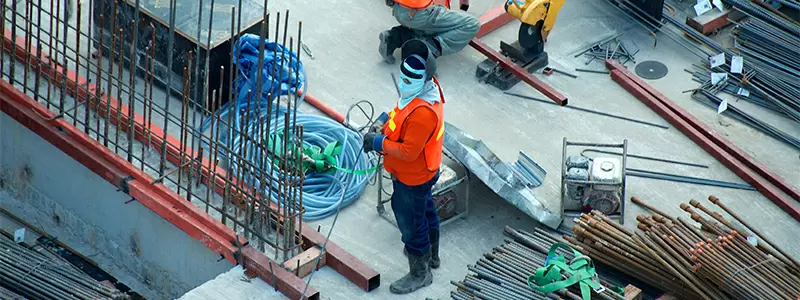
It’s compulsory to wear personal protective equipment (PPE) for all workers at construction sites. Different types of PPE are required depending upon the potential hazard present in the environment and the circumstances.
Undoubtedly, construction sites are considered as one of the most dangerous places to work. Roughly one in every five fatalities happens on a construction site. These mishaps can be prevented by the use of PPE.
To be honest there are so many potential hazards at a construction site and PPE act as a primary line of defence for the workers. Some common risks present at any construction site include – fall, electrical, chemical, harmful dust, rollover, heat, etc.
Use of properly fitting PPE is a must. At construction sites, workers should wear properly fitting clothes as there’s a danger of getting caught in the moving parts of the machines.
Here’s a List of Different Types of PPE Required for the Construction Workers –
• Head Protection – Hard hats are used as a PPE for the head protection of the workers. On any construction site, there’s always a risk of falling objects hitting on head, striking the head against something, or electrical hazard. To safeguard the head of the workers hard hats are necessary.
Hard hats should be inspected for any damage prior to every use and if found with any damage, dent or crack, they shouldn’t be used.
• Face Protection – Face shields are worn by workers when there’s a danger of flying debris in construction works like – grinding, cutting, chipping, welding and nailing. Welding shields are specifically used to protect the whole face while doing welding works.
• Hand Protection – Depending upon the tasks and the risks, different types of hand gloves are worn by the workers on a construction site. Leather or canvas gloves are heavy-duty and can protect from cuts and burns. Use of rubber gloves is suitable when working with concrete. Welding gloves are used during welding work. Insulated gloves with sleeves are suitable for electrical works. Chemical resistant gloves are useful when handling chemical agents.
• Foot Protection – Work boots should be essentially worn on the sites to reduce the risk of heavy materials falling on the worker’s toes and causing harm to them. Work boots often refer to the steel toe boots worn to protect the toes from crushing. Work boots should have puncture resistant, non-slip soles. The ground of construction sites carries a lot of sharp objects and slipping is another major hazard that needs to be avoided with the use of work boots.
• Eyes Protection – Use of goggles are recommended for the workers to safeguard their eyes. Chemical splash goggles and dust goggles are used to protect the eyes of the workers from chemicals and dust. Use of protective eyewear is necessary while performing works like – cutting, grinding, welding, electrical works, etc.
• Respiratory Protection – Dust mask and respirators are used for respiratory protection. Depending upon the level of hazard present in the environment the kind of mask is determined. A large variety of respirators are available and they give different levels of protection to the wearer. There are either disposable or reusable face masks.
• Hearing Protection – Some tools and heavy machinery used at the construction sites produce heavy noises. Prolonged exposure to these loud noises can cause damage to the worker’s hearing.
Thus, depending upon the hazard present in the environment hearing protection in the form of ear muffs, ear plugs, etc. are required.
• High Visibility Garments – Brightly coloured reflective vests and jackets are used for high workers visibility. It’s important for workers to wear high visibility garments during road construction works and when they are working in dim light at any construction site, especially during dusk and nighttime work.
• Work Pants and Work Shirts – Thick, flexible, fitted work pants and work shirts provide protection against cuts, scrapes, burns and other superficial injuries. These work pants and work shirts should allow maximum mobility.
• Fall Protection – There are numerous types of elevated construction works that require specific fall protection personal protective equipment. Fall protection PPE is essential if the workers are supposed to work on height and there is a risk of falling from height.
• PPE for Asbestos Removal – A high level of protection is required in the asbestos removal work. While working in an asbestos-laden environment, for the safe removal and disposal of asbestos waste, asbestos PPE and asbestos removal bags are used.
Conclusion
Construction sites involve working in an environment full of dust, shards objects, lifting heavy objects, working on heights, use of chemicals, the danger of slips and falls, electrical works, welding, cutting and handling of sharp objects, loud noises, machines and many more potential risks.
This is the reason construction sites are deemed as potentially one of the most dangerous workplaces. The proper usage of appropriate PPE is recommended and compulsory for all the workers.
The employers must provide the necessary PPE (free of cost) to all the workers with complete information on the hazard and risks of the work and the usage of PPE.

